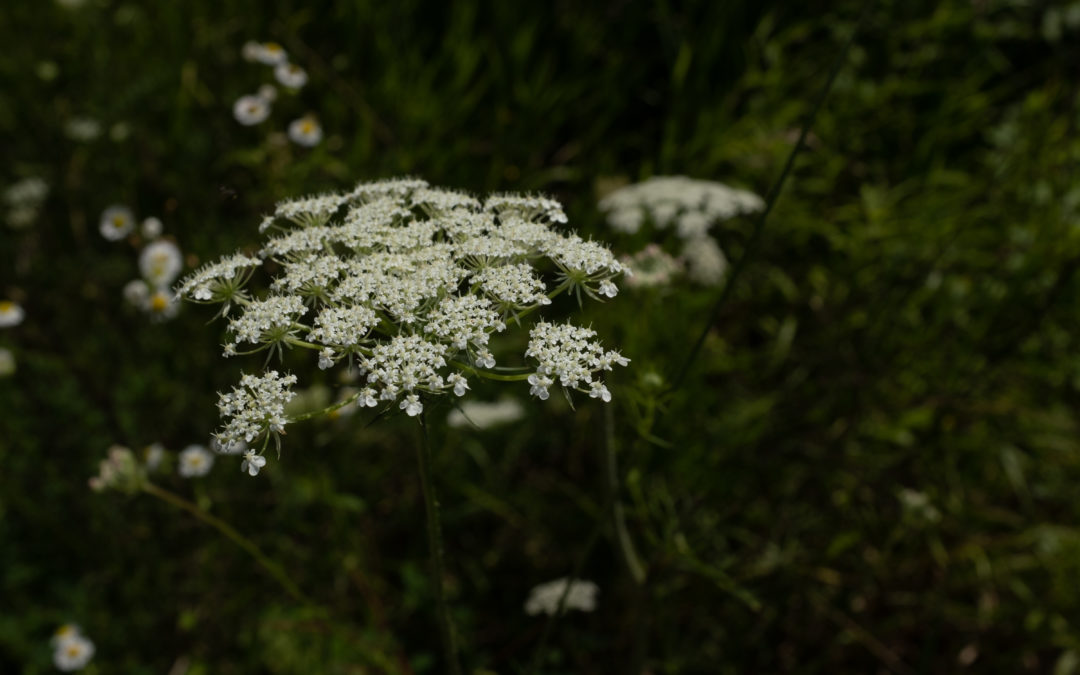Weeds are flowers too, once you get to know them. — A. A. Milne
Sometimes our irrational dislikes make us more interesting to others than our passions or preferences. Which would you want to hear more about over a few drinks, someone’s deep love for dogs or their violent dislike of hamsters? Our prejudices and revulsions come loaded with backstory. Dig deeper. What would it take for you to get past your strongest dislikes?
You watch a mother drag her child past the spider monkey exhibit at the local zoo. Why does she dislike them so much? Did something traumatic occur or did someone teach her to dislike these almost universally beloved primates?
Your new neighbor systematically pulled up every single daffodil bulb from among the tulips and hyacinths in her mixed bulb flower bed, tossing them and the blooms in a compost bin with a huff and a grunt. Why that flower and that flower alone?
Rather than removing them to the outdoors or merely squishing them, you watch in shock as your normally calm and rational friend, with a squeal and a shudder, hairsprays a spider to the wall. What event could have prompted such a specific reaction to such a common animal?
Consider the main character of your novel. What are their passions? What are the things they loathe? Is it a dislike that seems irrational to others? Where do their strong feelings come from?
Review your manuscript. Is there a way that irrational dislike can show up in your book? Can you create a reason for your character to face it?
